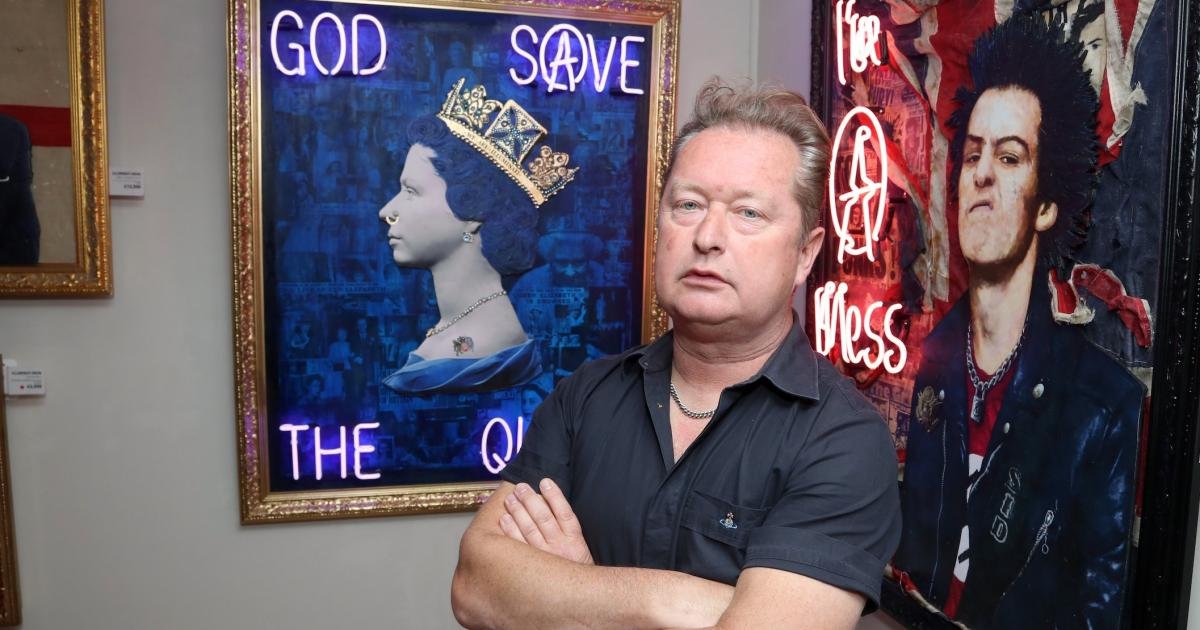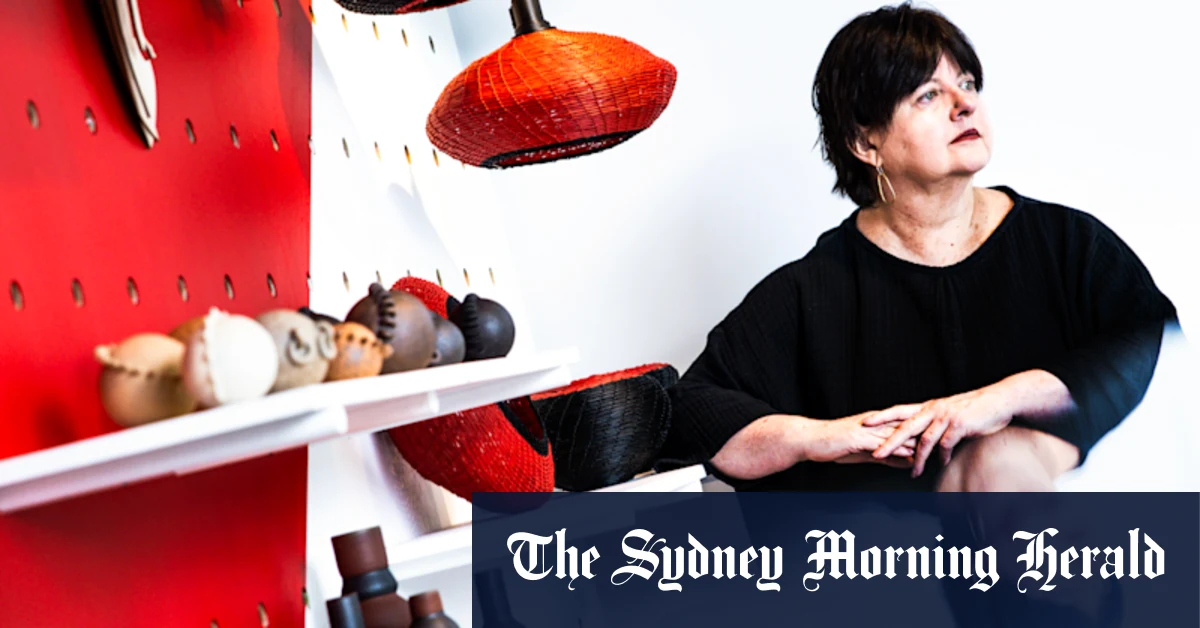In my book Art Deco Scotland: Design and Architecture in the Jazz Age, I explore the variety of Art Deco architecture and design across the country. Here are seven of my favourite examples of Art Deco in Scotland.
1. Carse View Drive, Kilmardinny, Bearsden

In the inter-war era, despite bleak economic circumstances, the Art Deco style became widespread in Glasgow. An outward view was reflected in the new architecture of the 1930s, with a few progressive Glaswegians becoming fascinated by the European avant garde. The builder and developer of housing John Robert Harrison McDonald attempted to bring a version of continental architectural taste to the upmarket suburb of Bearsden. There, MacDonald acquired the Kilmardinny Estate in 1932, building a series of Art Deco villas on Carse View Drive, facing towards the Campsie Hills. Despite West Central Scotland’s often wet and windy climate, these houses remain well-cared for and are among the finest groups of Art Deco homes anywhere in Britain. They pre-date many similar-looking houses around London and in the Home Counties, offering fine views from their elevated vantage point.
2. Lyceum Cinema, Govan

Initially associated with the wealthy and glamorous, the Art Deco style was soon aspirational and used in the entertainment industry. The biggest, most widespread and significant buildings to use the were cinemas, with many examples being built in Glasgow. Many survived until the 1990s as bingo halls, but nearly all of these have since been demolished. One very fine example to survive is the former Lyceum in Govan. Replacing a variety theatre which had burned down, the new cinema opened in 1937 and was the finest work of the Glaswegian specialist cinema architects Charles J McNair and Robert Elder. Its interior was very impressive, featuring a circular hallway with an ‘island’ paybox, whilst the 2,700 seater auditorium was splendidly designed with streamlined plasterwork, ornate Art Deco grilles on either side of the screen and indirect lighting.
3. India of Inchinnan
During the 1920s, the rise of the internal combustion engine brought about the widespread use of motor vehicles and light aircraft. Both required pneumatic tyres, so new factories to make these proliferated. The India Rubber Company commissioned London-based architects, Wallis, Gilbert & Partners, to build a factory at Inchinnan, near Renfrew. In the early 1980s the India works fell into disuse but fortunately the building revived in the early-2000s when the Glasgow architect Gordon Gibb designed a sympathetic conversion and renovation to house digital industries. The India building remains as one of the finest of the many ‘light’ industrial premises in the Art Deco style constructed during the 1930s and one of the relatively few located in Scotland.
4. Palace of Art, Glasgow

For the heavy engineering sector so vital to West Central Scotland’s industrial economy, the Great Depression proved disastrous. To create a mood of optimism and hopefully stimulate growth, the government staged an Empire Exhibition in Glasgow. Highlights included giant palaces of Engineering and Industries, overlooked by the spectacular Tower of Empire on Bellahouston Hill. Most of the exhibition was built of light steel framing clad with asbestos-cement panels and, although the overall effect was striking, it was not intended to last for more than one summer. The exception was the Palace of Art, designed by Launcelot Ross and planned from the outset as the Exhibition’s legacy building. During 1938, it housed what was billed as the greatest ever display of Scottish art. Today, it has found new life as a sport and fitness centre.
5. Daily Express Building, Glasgow

The inter-war period witnessed a great expansion of popular media – illustrated newspapers, radio broadcasting and fashion and lifestyle magazines. The Canadian press baron Lord Beaverbrook caught the mood with his Daily Express tabloid newspaper, which combined straight-talking opinion on current events with celebrity gossip. Beaverbook commissioned the forward-looking architect-engineer Sir Owen Williams to design bespoke offices for the Express in London’s Fleet Street and in Manchester, both faced in curtains of shiny black glass with stainless steel strapwork, reflecting the newspaper’s modernity. In Glasgow’s Albion Street, Williams designed a third, similar office block and printworks to house the Scottish Daily Express, inaugurated in 1939. Later, it became the home of The Herald and Evening Times, and has now been elegantly converted into flats.
6. Rogano, Glasgow

Art Deco was also applied to numerous shop units, pubs, cafés and restaurants in the Glasgow area. The most swish was Rogano in Royal Exchange Place, which was given an Art Deco renovation in 1935, designed by the firm of Weddell and Inglis. The restaurant and cocktail bar became a firm favourite with Glasgow’s smart set and was sympathetically renovated in the mid-1980s by the restauranteur and hotelier Ken McCulloch. It continued to be greatly admired until enforced closure during the Covid pandemic, when it unfortunately fell victim to flood damage. The elegant bas relief panels by Charles Cameron Baillie and the stylish Vitrolite-clad frontage – not to mention the delicious seafood and fine cocktails served – are fond memories for its former clientele.
7. RMS Queen Mary

The biggest and finest Art Deco output from the Glasgow area, the Cunard-White Star transatlantic liner Queen Mary, hasn’t been near its birthplace since the spring of 1936. Ordered in 1930 from the John Brown shipyard in Clydebank, construction work on the liner was halted due to the depression era’s lack of finance, causing great hardship for the people of Clydebank who depended on shipyard work for their livelihoods. The recommencement of building brought jubilation, and the magnificent outcome was a triumph of human ingenuity in engineering and design. The liner was not only the biggest in the world, but also won the Blue Riband for the fastest Atlantic crossing on its maiden voyage to New York. Inboard, it was spectacular with two- and three-deck-high saloons and an extraordinary range of passenger facilities. After a stellar career in peace, wartime and peace again, the liner was sold in 1966 to the city of Long Beach in California. Ever since, it has been berthed there as a hotel and tourist attraction. Most of its Art Deco interiors remain in largely intact condition and it is loved and appreciated by locals and visitors alike. Visiting the Queen Mary today, one gains a great appreciation of the engineering and craft skills found in the Glasgow area during the 1930s.
You can find out more about these fantastic designs, and many more, in my new book which is available now. Published by Historic Environment Scotland, Art Deco Scotland: Design and Architecture in the Jazz Age, by Professor Bruce Peter, is available to purchase on Stor.scot and in book shops.







